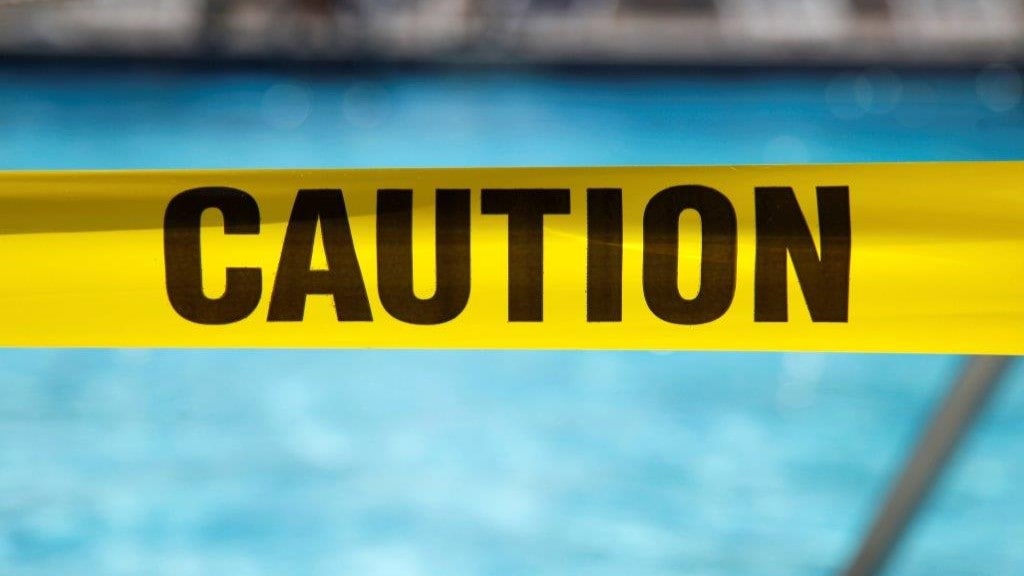At a glance
- Pool chemical injuries account for about 4,500 emergency department visits each year. At least one third of the patients are under 18 years old.
- Create an emergency response plan so you know what to do before, during, and after a pool chemical emergency.

Response planning
- Develop an emergency response plan that includes:
- Spill-cleanup procedure
- Chemical incident and exposure response
- Clear chain of command and alternates with contact information
- Evacuation plan
- Communication plan for alerting patrons, staff, and emergency responders
- Train the aquatics staff on the procedures in the emergency response plan.
- Keep a copy of the emergency response plan near (for example, in the hallway just outside of) the chemical storage area, pump room, and venue area and ensure that another copy is also available at a remote location in case of an evacuation.
- Ensure up-to-date safety data sheets are easily accessible to first responders in case of evacuation.
- Have a phone with updated emergency numbers near (for example, in the hallway just outside of) the chemical storage area, pump room, and venue area and ensure that a phone is also available at a remote location in case of an evacuation.
- Practice emergency response with first responders.
During an incident
Activate your emergency response plan during an incident.
For indoor venues, if chemical fumes are released in the chemical storage area, pump room, or venue area:
- If the corresponding air handling system is separate from other areas of the building: leave the HVAC system on to ventilate.
- If the corresponding air handling system is shared with other areas of the building: turn off the HVAC system immediately.
After an incident
- Document the incident and response and report them to local or state permitting officials.
- (Local or state permitting officials should consider revising public health regulations in response to reports of pool chemical injuries to reduce the future likelihood of such events.)
- Conduct a post-incident critique with all parties involved in the response.
- Revise the emergency response plan as needed.
